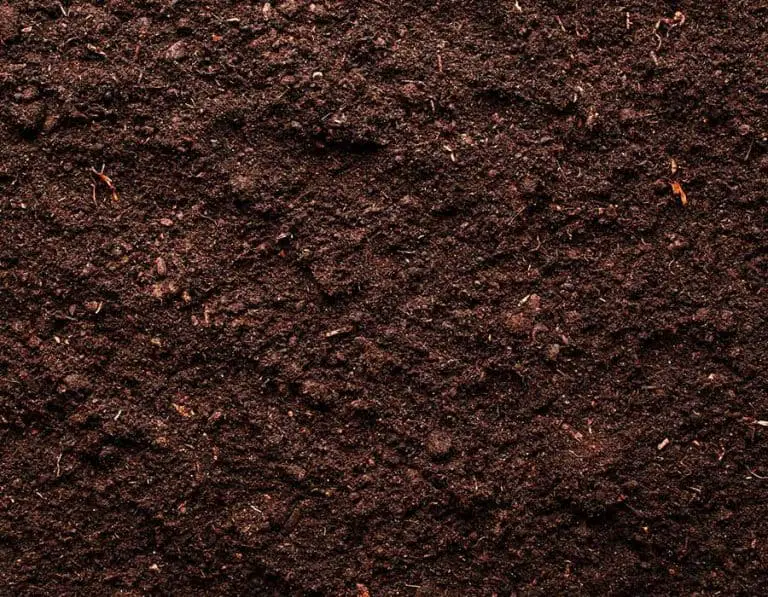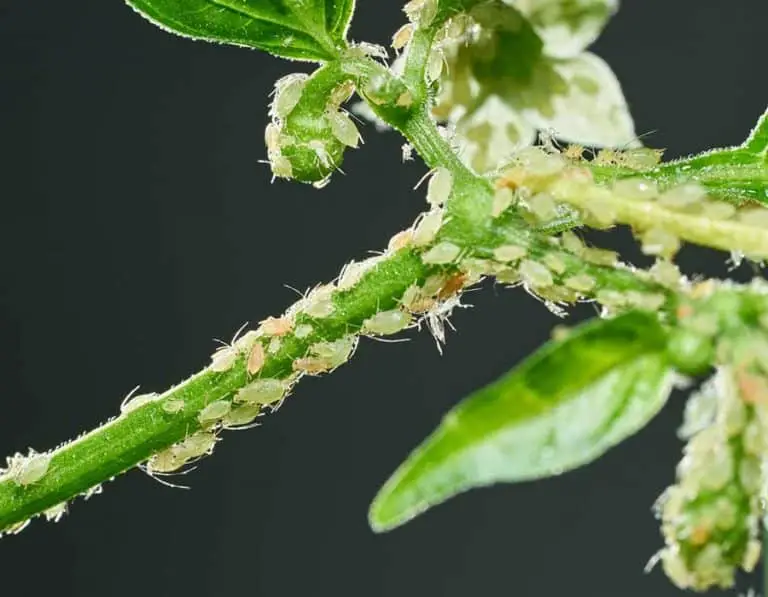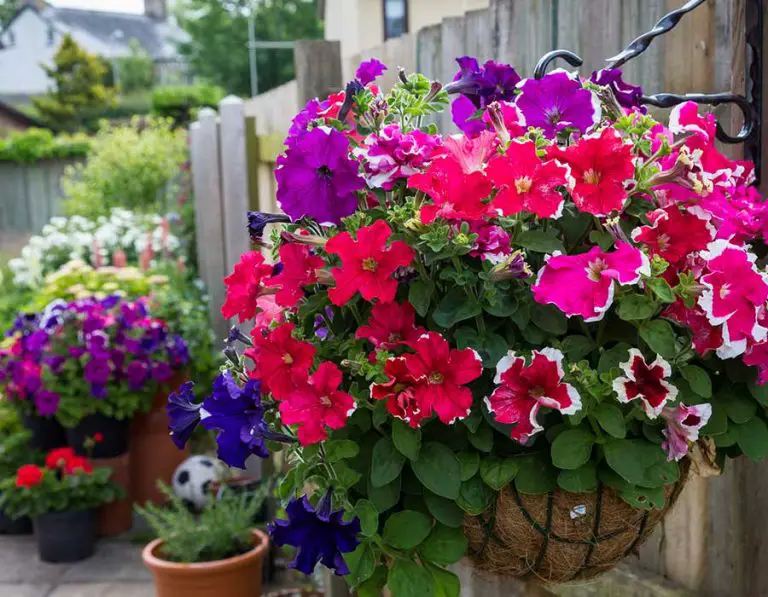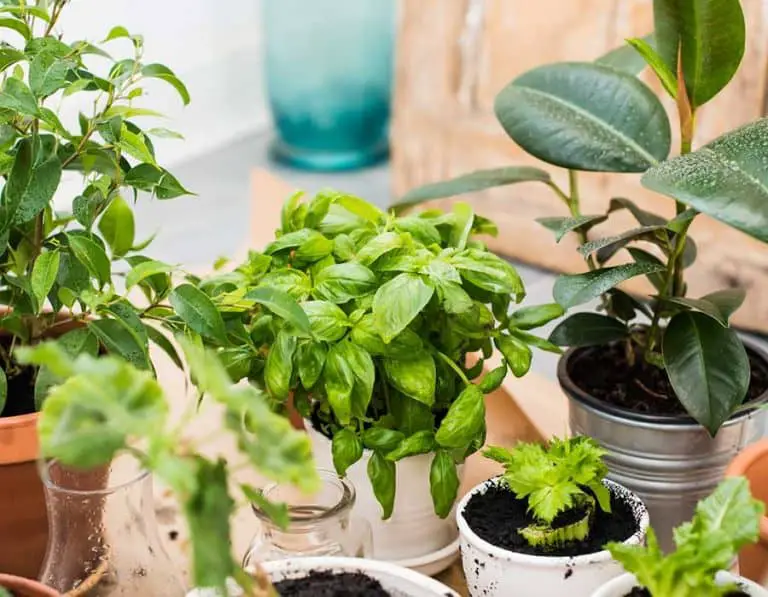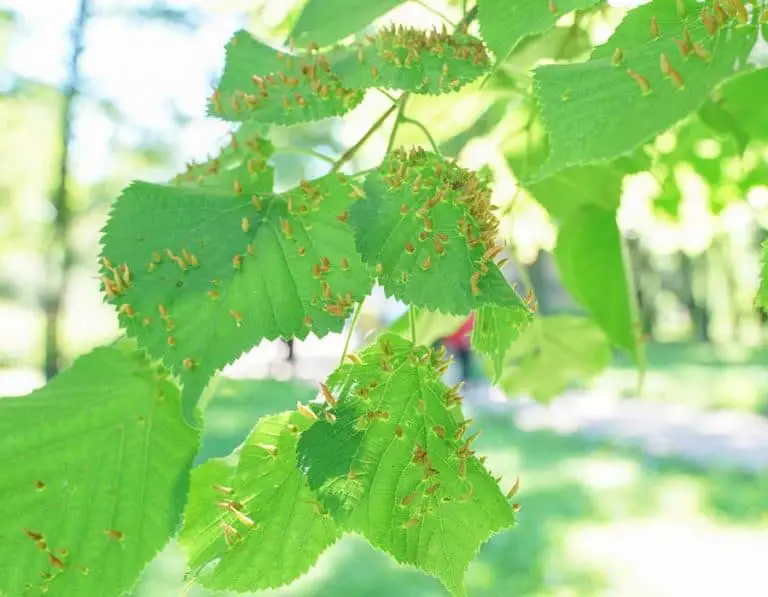11 Ecofriendly Aphid Control Methods
APHID CONTROL CAN BE A DAUNTING TASK, A TASK WHICH MOST GARDENERS HAVE DEALT WITH AT SOME POINT, BUT IT CAN BE DONE
Getting rid of aphids, those tiny creatures who love to suck the juice out of growing tips and leaves on your roses or other tender plants and ruin your flower gardening efforts is a must, and there are at least 11 eco-friendly methods you can use for aphid control. However, before discussing how one can get rid of aphids, let’s have a look at what they look like.
What Aphids Look Like – Why You Need Aphid Control
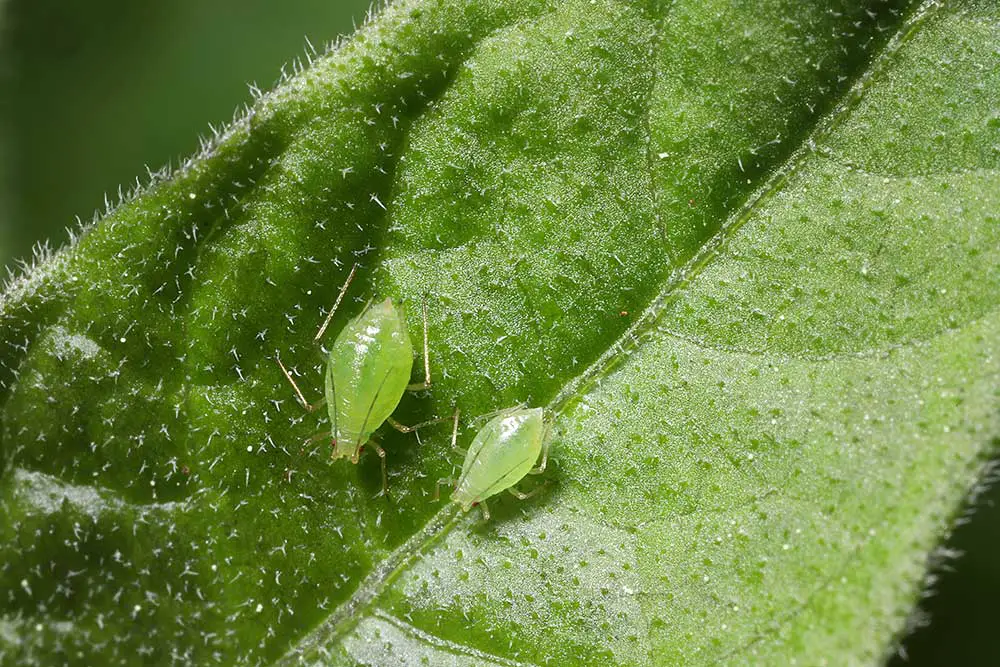
Aphids are very small pear-shaped creatures that appear in great numbers on the rose cane tips in May and early June.
While sometimes the young have a pink cast or the off one is black, the majority are lime green and can be difficult to spot on a green stem.
Aphids can multiply extremely rapidly, suddenly appearing seemingly out of nowhere in such great numbers that it seems as if a huge migration has arrived overnight.
Aphids are smart. When they take over a plant, they somehow cause the leaves to curl inward so that they can protect themselves from the insecticidal spray. If there is no aphid control in place, these aphids tend to attack tender young shoots, emerging leaves, and even twigs. In other words, if you do not get rid of them, they can quickly destroy your plants.
Did you know that ants “take care” of aphids?
You see ants love the dark sticky substance called “honeydew” which aphids secrete. As a matter of fact, ants treat aphids as seemingly prized livestock for food production and will move the aphids on your plant to less populated leaves. (It’s extremely interesting to see the ants at work although you may not wish to watch too long before you exercise some sort of aphid control.)
So if you see a lot of ants going up and down the stem of roses or other plants, you may want to check for aphids and get rid of ants and aphids before the ants have their “ranch” on your prized plants. The natural citrus killer homemade spray (No 3 below) can get rid of both.
Aphid Control: 11 Ways to get rid of aphids in your flower garden:
1. The fastest and easiest way to get rid of aphids is to squeeze them with your fingers and knock them off the canes or wash down infested plants with a brisk spray from the hose. Some research indicates that once sprayed off, aphids do not find their way back to the canes and recolonize.
2. The best and fastest way I have found to get rid of an aphid infestation is to use a particular homemade spray recipe that was given to me. This spray will both feed the plants through the leaves (foliar feeding) and get rid of the aphids.
To make this recipe, you will need a 1 liter (approx 1 quart) spray bottle filled with HOT water (not boiling or burning water but at least as hot as a milk bottle warmed up ready to give to the baby), some gelatine, and ground ginger which you could use for cooking.
To this liter of water add about 1/8 of a teaspoon of gelatine powder and shake well. Then add 1/8 of a teaspoon of ground ginger and again shake well. Then spray above and below the leaves and along the stem. If your water has cooled off, warm it up as the mixture needs to be hot in order to act quickly on the aphids. Caution: not so hot that you burn your leaves.
Every fall I surround my rose bushes (which are in pots on a 4th balcony) with a plastic bag. Of course, I leave the top of the bag open so the shrub can breathe. Well, the day after I sprayed my newly-revived-from-the-winter-ordeal rose shrubs, I noticed a few adult flies lingering on this plastic surrounding the plants. They hardly moved when I approached them with my fingers. They had probably taken a bite or two and so I easily killed them.
When I gently shook the shrubs’ leaves, I could see these “white” specs falling off. The leaves looked happy and healthier than ever.
I continued this spraying a few times more times (waiting one day between sprays).
I even used this spray on my emerging lettuce leaves in order to feed them, not because they had aphids but because they looked weak and seemed to need help. You see, gelatine is a mixture of peptides and proteins, so gelatine is beneficial to not only humans but also plants. For more information, google “gelatine food value”. What you will discover about gelatine is most interesting.
3. A third method is to spray insecticidal soap (found in any nursery or some hardware stores) on infested canes and foliage. The soap does not leave any residual toxicity that would harm beneficial insects. NOTE: The insecticidal soap must be reapplied every day or two until the infestation is reduced.
4. Natural citrus killer homemade spray for Aphids.
5. Rotenone applied either as dust or as a wettable powder spray also works well.
6 Any pyrethrum-based sprays will work.
The first 6 ways mentioned above are probably the most effective, but the following are other options.
7. For aphid control you can apply diatomaceous earth, a powder made from the fossilized remains of tiny sea creatures called diatoms.
Its advantage is that, unless it is inhaled, it is harmless to humans and pets while to soft-bodied insects it is razor sharp and tears their exterior casing.
The disadvantage is that diatomaceous is easily washed off leaves and canes and must be reapplied after rain.
8. Adult ladybug beetles and larvae consume large quantities of aphids. If you can somehow attract the lady beetles to your backyard, you’ve got it made.
However, buying ladybird beetles can be a waste of money because they can simply fly away (and help themselves to your neighbor’s aphids instead of yours).
9. Some people love this method of aphid control the best. If your roses/plants are covered with aphids, drape banana skins over the branches. Amazingly, in a day or less, the aphids are gone. Although I have not personally tried this method, those who have said they have no more aphids as long as they save their banana skins for the rose bushes!
10. Having toads around is my favorite method of aphid control. If you can, keep toads around your garden. However, to keep toads around, you must provide them with clean drinking water every other day or so.
I would use bottle covers or small clean sardine cans and put these under trees close by or anywhere where it is shady and out of sight. When I had toads around, both aphids and the ants which used my roses to farm aphids would disappear.
Toads love aphids, grasshoppers, ants, crickets, flies, and will seek them out in your garden. I have noticed many times that if there were toads around, there were few to no aphids on my rose plants and no ants on the ground. Therefore I did not bother using anything else as long as I knew there were toads around.
(Of course, if there are aphids on tall climbers, it would be more difficult for toads to reach the aphids, so you would have no choice but to spray.)
10. Some may suggest using Neem, but I have found that not all plants like Neem. Therefore, if you choose to use Neem spray, try it out on a small patch of plants in an inconspicuous spot.
11. Another option is to use homemade garlic spray or homemade rhubarb spray. Please note that whatever spray you use, try it out first on one plant or even on only a few leaves of the plant. Wait 24 hours. Then you will know whether you should use the spray or not.
Also, never spray when it is very hot. Do your spraying early in the morning so the spray will dry before the heat or in the evening after the plants have cooled down but early enough so the spray will have time to dry before it’s dark.
Gardening tip:
When using sprays on aphids or any other insects, it is best to alternate materials. If you use insecticidal soap initially, you might follow up with rotenone, then the third treatment could be done with pyrethrum and then rotate back to your insecticide soap.
Why?
Rotating control methods keep the insects from developing resistance to a particular toxin. If a spray is used exclusively and regularly, the insects that survive live to breed and pass on their resistance, creating an ever larger resistant population.
Usually, after the first infestation has been reduced by doing the above, natural predators such as ladybird beetles, wasps, predatory mites, hummingbirds, and toads can help aphid control by keeping the aphid population in check.

